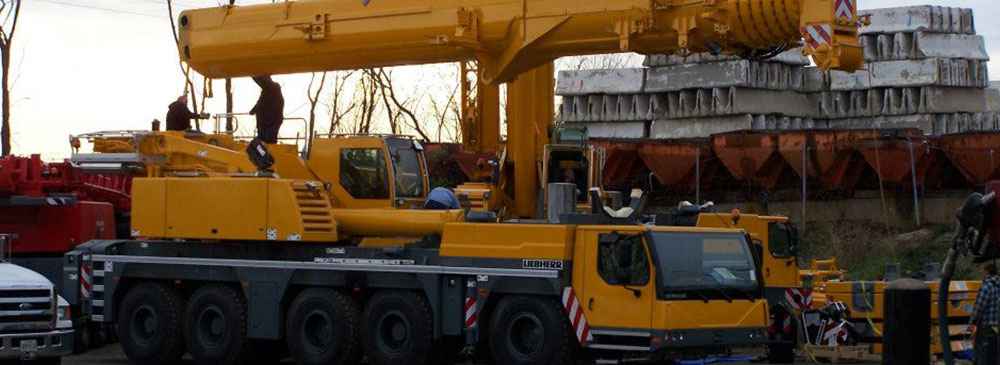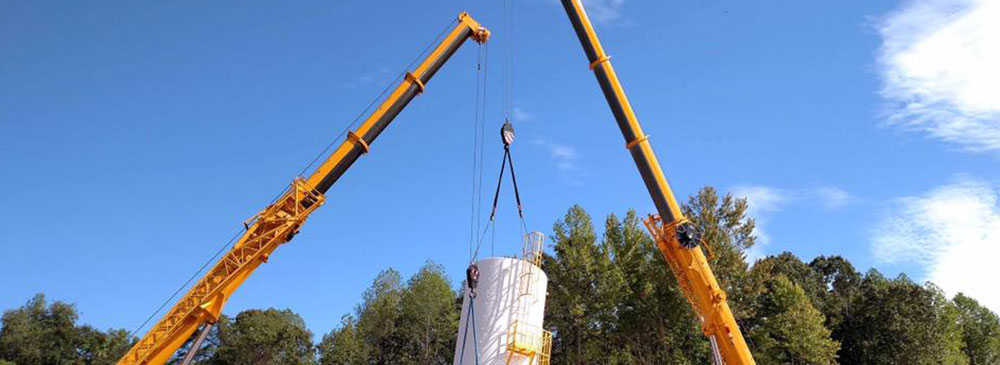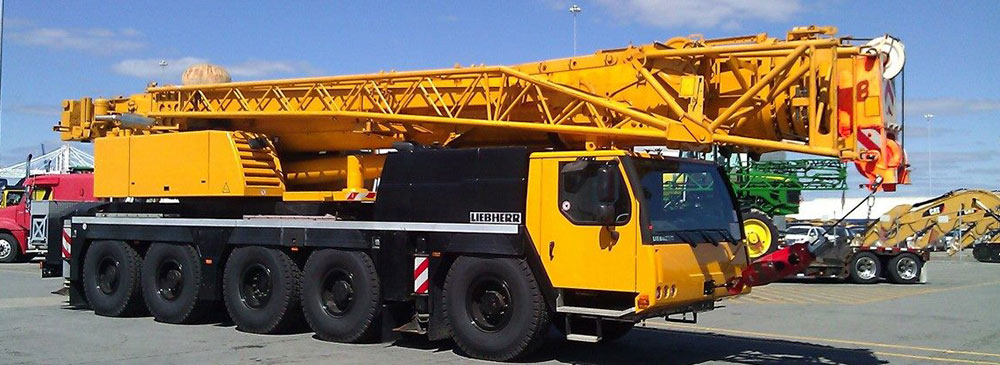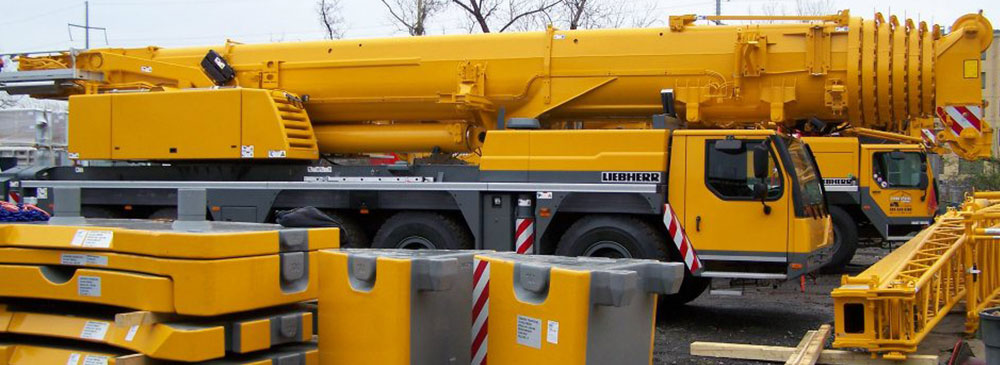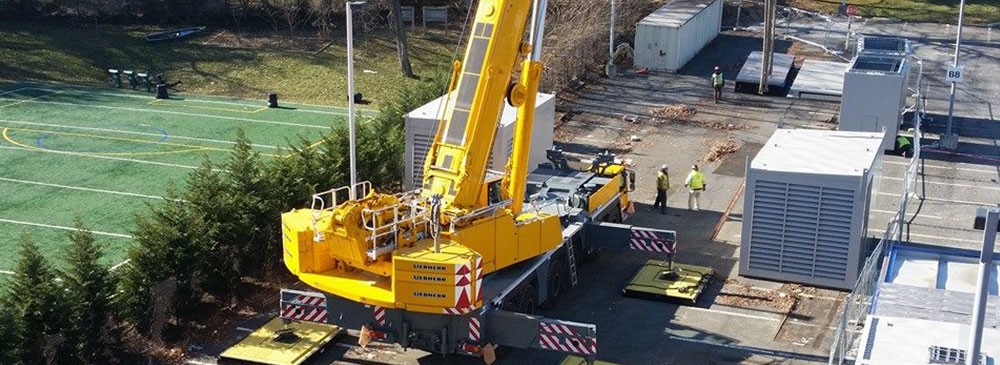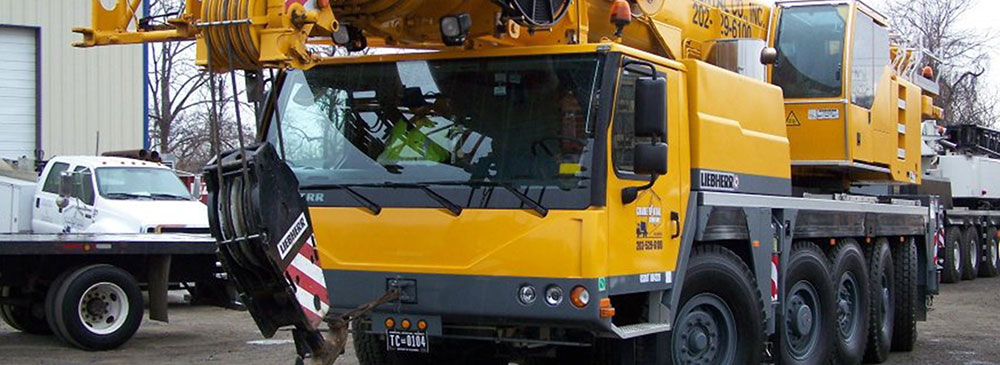
When you are looking to hire a crane for your project, you want a crane that will not only perfectly handle your project, but also save you money, right? If this is the first time you hire a crane from crane rental services, here are tips to ensure you hire the right unit.
When you have a small site
You need a small crane if you have a low-intensity site with a small number of workers (12-15) and a required lift capacity of up to two tonnes.
A classic example is when you are building a timber frame or conventional house using pallets of bricks, blocks, and mortar. In such an instance, you need a small tower crane controlled by a remote control.
You can considerably cut your running costs by employing this type of crane with one worker loading the hook and operating the crane controls.
You should teach many site workers to undertake this function, allowing you to continue operating in the event of an absence rather than waiting for a single trained operator to return.
As you can tell, this keeps the crane operational and the project on track. You also don’t rely on one person to do all the work.
When you have a large or busy site
A tower crane will be more appropriate if your loads exceed two tons at 30 meters, and your project will take 20 weeks or longer.
Saddle jib or flat-top cranes are available in various height and jib configurations, making them more versatile and less expensive to hire than mobile cranes with comparable lifting capabilities.
Be cautious of the height of the crane.
The height of a crane significantly impacts costs. The tall crane is not only expensive to hire, but also requires a larger and stronger base to withstand the stresses, which necessitates a lot more concrete and steel.
Taller cranes also require more electricity and emit more carbon emissions. As a result, even a modest reduction in the height required for your lifting requirements might significantly impact your overall costs.
Before you hire a crane, take your time and find out if there is any way you can hire a slightly shorter crane than you would ordinarily need. This calls for you to work closely with experienced contractors who know what they are doing.
Watch where you position the crane.
The placement of the crane, as well as other construction site factors, will impact your final expenses. A common example is when a materials shop is placed in the middle of a courtyard or the center of the site.
This means that if you have more than one crane, when one is loading, the other cannot get to the materials and must sit idle, wasting time.
This configuration significantly increases the likelihood of collisions and makes site operations complex and inefficient.
To save time and money, set up the materials store conveniently. This way, you will have maximum hook time and low crane-hire expenses.
Ensure you have enough power.
Three-phase power is required for sites installing a lift shaft, as most tall buildings do. Wherever possible, you should install power as the first thing, allowing you to use mains power for the tower crane during construction.
This is substantially less expensive than using a generator with its related hire charges, fuel tank, and fuel.
Be cautious of the rental company you hire from
The rental company you choose to hire from has a significant impact on the crane you hire and your experience.
As a rule, don’t hire from a rental company with a single or a few cranes. This is because you won’t get a replacement crane in the event the one you are using breaks down.
The best way to do it is to hire from a company with many cranes. As much as the company is expensive, you should note that you might save a lot of money in the long run.
This is because if the crane you are using breaks down, you need to notify the rental company, and they replace the crane at no extra cost on your part.
Hire a well-maintained crane.
How well-maintained the crane is is important as it determines how well it functions, not to mention how much money you spend.
As a rule of thumb, you should hire a crane that is in perfect shape. This calls for you to do a double or even triple-check on the maintenance records of the crane and ensure that it’s well taken care of.
You should avoid a poorly maintained crane as it will keep breaking down, and you don’t want this.
A well-maintained crane will indeed be a little expensive to hire, but in the long run, it will be cheaper as it will function more efficiently and won’t break down too regularly, which means that you will complete your project without many complications, and within the shortest time possible.
Parting shot
You don’t have to be complicated when it comes to saving money when undertaking crane hire VA. You only need simple modifications to lower your expenses throughout a building project, both in one-time hire prices and continuing operational expenditures.
When doing the hiring, don’t hire from any company. Instead, take your time and hire from a reputable company with many cranes to hire from.
As a rule of thumb, don’t hire from a small company with a single crane. Even if they give you a great offer, they might be too expensive.
As mentioned, a small crane company has no replacement crane when the one you are using breaks down. The consequence is you are forced to hire another crane from a different company, which, as you can tell, is too costly.
